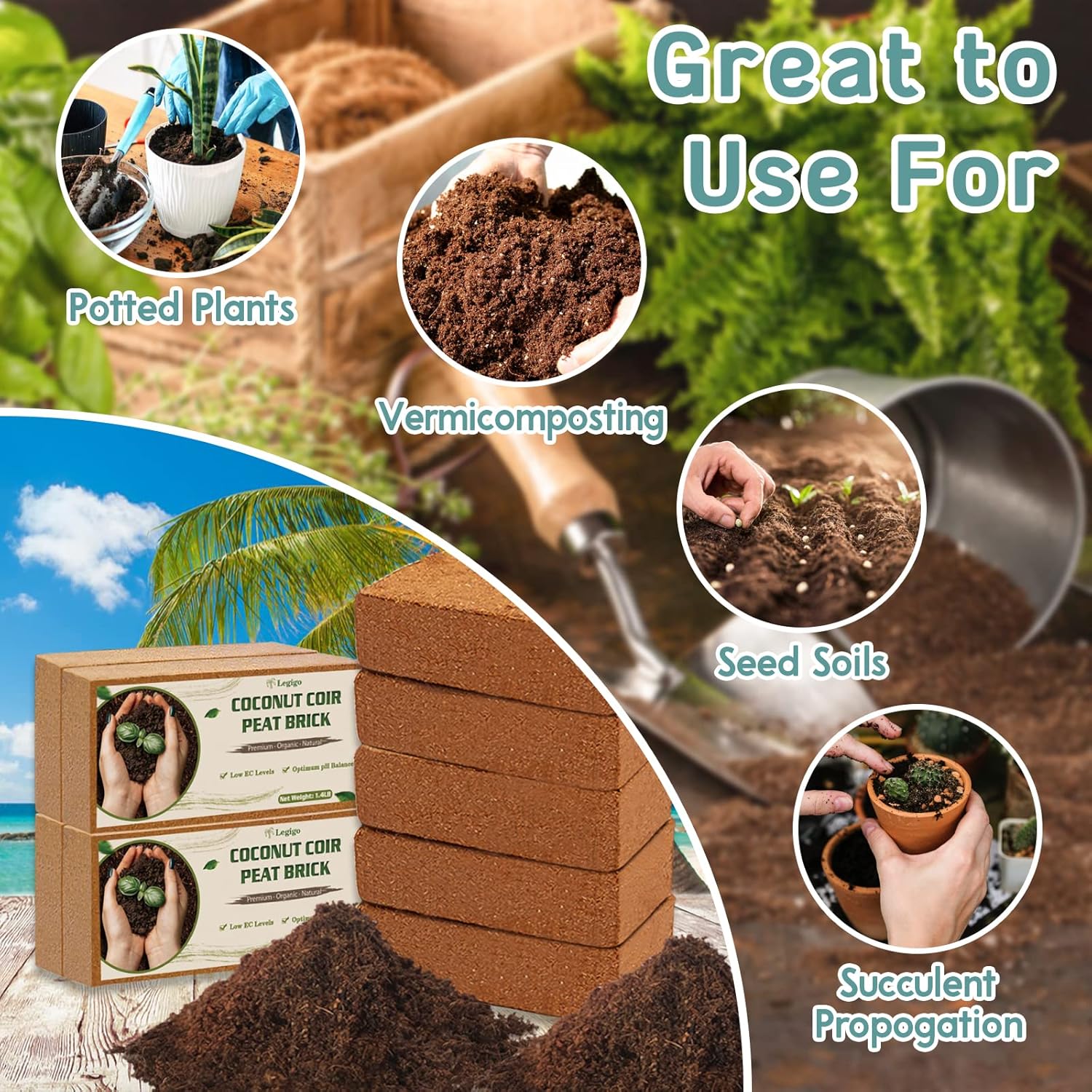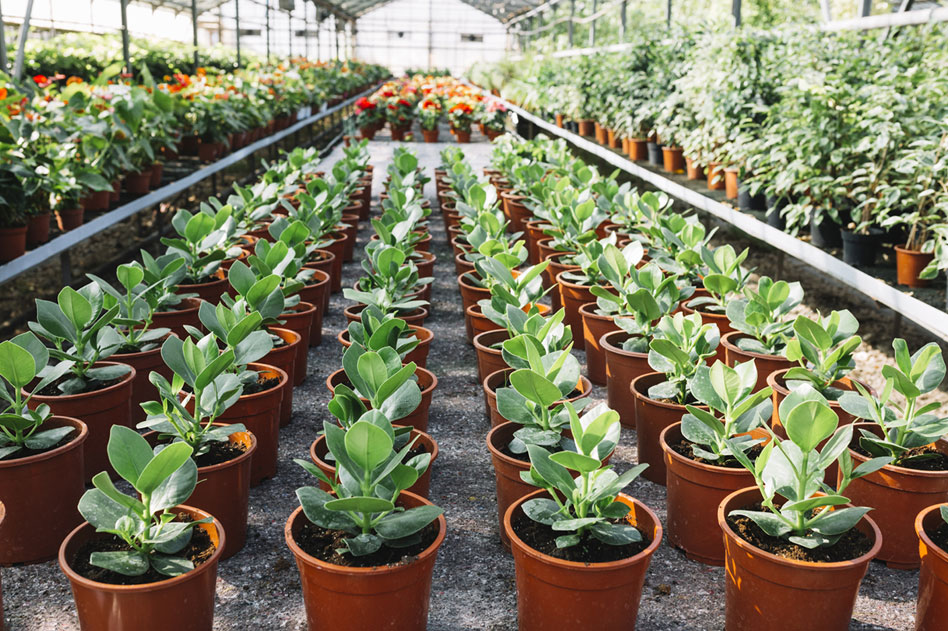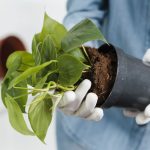Many store-bought plants are like ‘greenhouse addicts’ – grown in artificially enhanced environments that make them look perfect for the shelf, but leave them vulnerable once they’re brought home. You think you must have a black thumb instead of a green thumb because these healthy plants you just purchased keep dying on you.
However, the plant industry is playing a “dirty” trick on you. Your plants are addicts!
Most plants sold at big box garden stores or even some nurseries are grown in greenhouse conditions with specialized soil and care routines designed to make them look lush and appealing when you see them in the stores but not necessarily to thrive long-term in typical home environments.
🌱 What’s in the “special” greenhouse soil?
Greenhouse growers often use a soilless potting mix combined with a controlled-release fertilizer and additives that encourage fast, showy growth.
Here’s what you might find in it:
- Peat moss or coco coir – Light, moisture-retentive base.
- Perlite or vermiculite – Improves drainage and aeration.
- Synthetic or slow-release fertilizers – High levels of nitrogen, phosphorus, and potassium to stimulate rapid green growth.
- Wetting agents – Help the mix retain water evenly.
- Lime – Adjusts pH for optimal nutrient uptake.
- Fungicides or pesticides – Prevent disease and pests during mass production.
- Growth hormones or plant tonics – Sometimes used to boost root development and visual appeal.
These additives create a perfect (but artificial) environment, like a plant on performance-enhancing drugs. Once the plant is removed from this system and put in a regular home environment with average light, inconsistent watering, and no nutrient-replenishing soil, it can quickly decline.
🌿 How can consumers help plants thrive at home?
1. Repot the plant shortly after purchase
Remove excess greenhouse soil and transfer the plant to a pot with fresh, high-quality potting mix appropriate for the plant type (e.g., cactus mix, orchid bark, or general-purpose mix with compost).
2. Feed regularly, but not excessively
Use a balanced, water-soluble fertilizer every few weeks during the growing season. Organic options like fish emulsion or worm tea are gentler alternatives.
3. Check for root health
If roots are tangled or circling (rootbound), gently loosen them during repotting. Trim any rotting roots.
4. Match the plant to your environment
Many greenhouse plants are grown under ideal light and humidity. Research the plant’s needs and try to match them (e.g., bright indirect light, regular misting, etc.).
5. Don’t overwater
This is a top killer of houseplants. Only water when the top inch or two of soil is dry (unless you’re growing moisture-loving plants).
6. Use the right container
Ensure good drainage by using pots with holes. Decorative outer pots are fine, but make sure the inner container doesn’t sit in standing water.
7. Gradual acclimation
If the plant was in a high-humidity greenhouse, it may need time to adjust. Avoid direct sunlight at first and slowly transition it to your space.

🧪 Optional Boost: Make your own enhanced soil
You can mix your own high-performance potting soil by combining:
- 2 parts peat moss or Coco Coir (Coconut Peat)
- 1 part perlite
- 1 part compost or worm castings
- Slow-release organic fertilizer (e.g., Osmocote or Espoma)
Optional: mycorrhizal fungi to encourage root health



